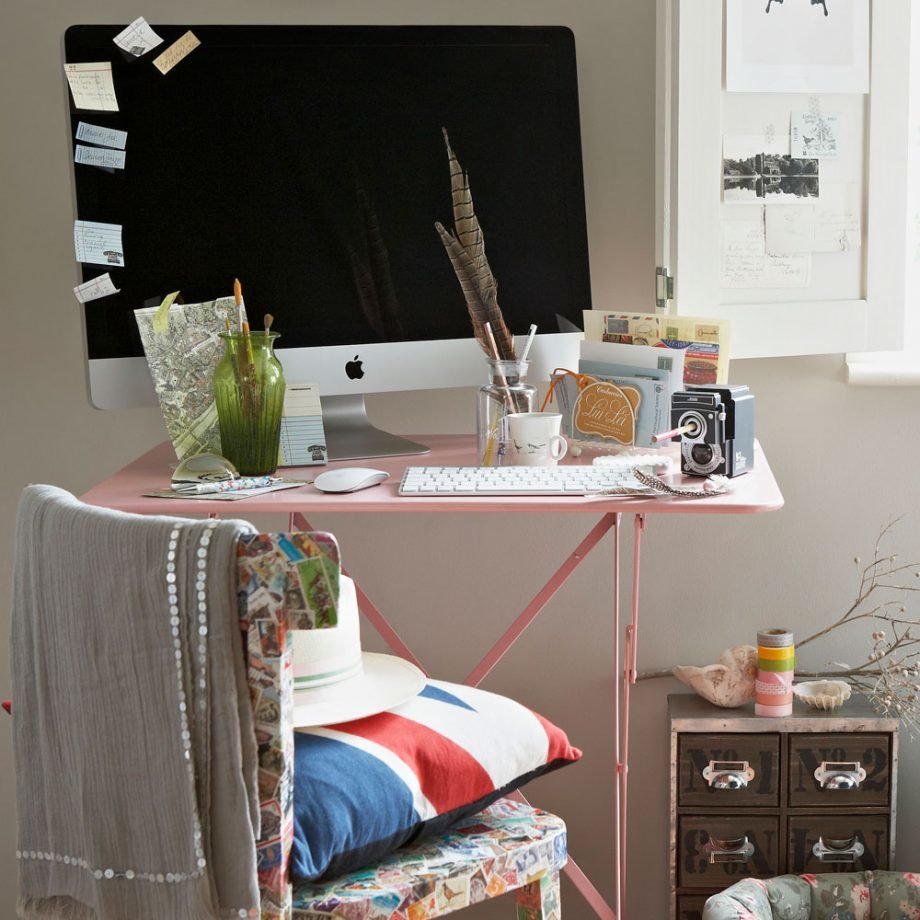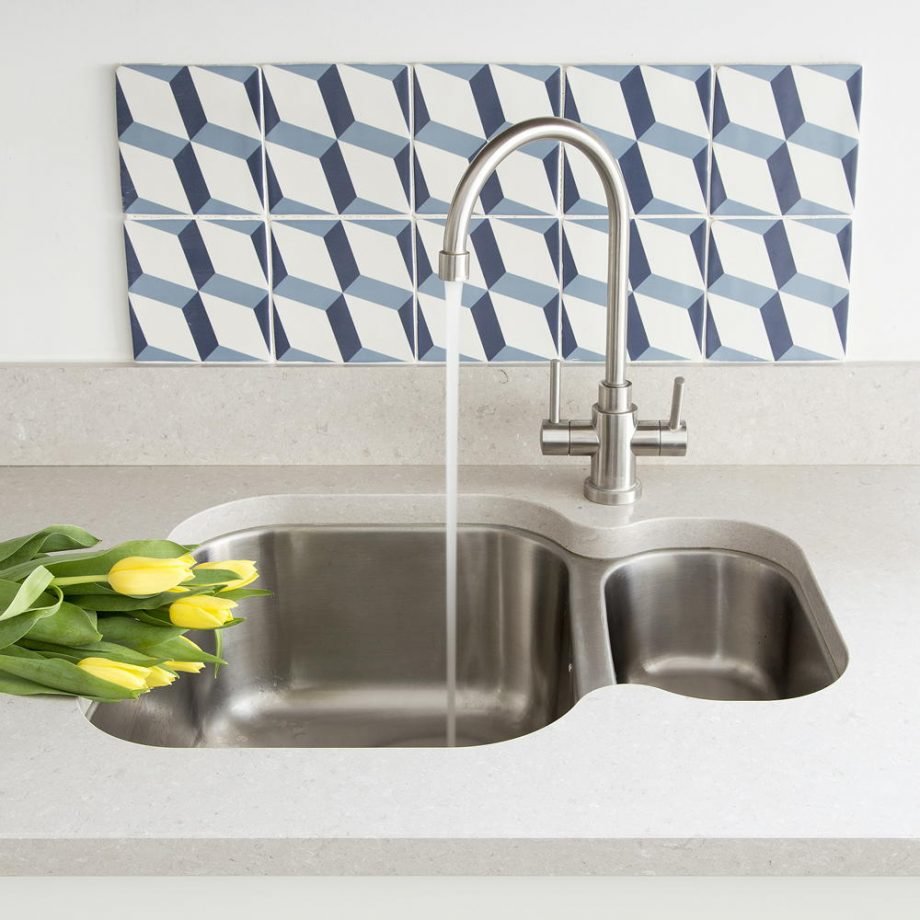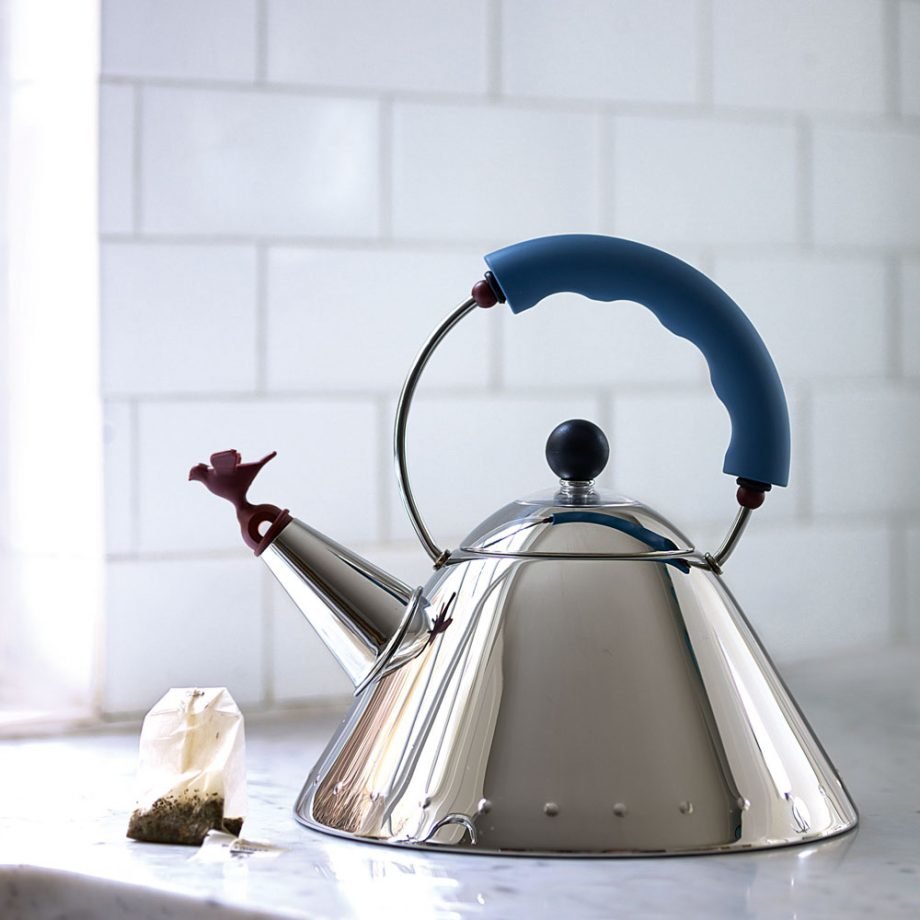
The most germ infested items in our homes revealed – are we cleaning enough?
Despite cleaning our homes more than ever, studies suggesting some are spending an extra 63 minutes every week, it appears germs are still lurking in the most unexpected of places.
A swab test from Tap Warehouse has exposed which everyday household items are dirtiest. They swabbed 30 items from three demographic households*.
After five days of bacterial growth, they enlisted the expertise of Associate Professor in Microbiology at Northumbria University, Dr Amanda Jones to expose what were the worst germs hiding in homes, on these everyday items.
5 unexpected items for germs hiding in homes
Cleaning expert, Henry Paterson, from Housekeep explains how to thoroughly clean these problem areas.
1. Laptops & computers

With more people working from home, the average office worker is now spending six-and-half hours on their computer at home. With many of those forgetting to clean their computer.
Dr Amanda Jones reveals, ‘The germs most likely hiding on your laptop are “staphylococci, streptococci and some airborne bacteria such as micrococci” which can lead to skin infections and a sore throat.’ Yuk.
“Use alcohol wipes or a small quantity of rubbing alcohol applied to a microfibre cloth’ advises Henry Choose a product with 60-80 per cent concentration for optimum effect, as higher concentrations can evaporate before they’ve had sufficient contact time to sanitise.”
2. TV remote

The TV remote controller is touched daily and, sometimes, by several hands. What’s more, many people eat in front of the TV, making their hands potentially sticky with foods.
Dr Amanda Jones identified the TV remote to be the second dirtiest electronic item, and said it could be laden with “staphylococci and streptococci” similar to the laptop. The cleaning advice is therefore the same as with the laptop.
3. Bathroom taps

The damp and humid conditions of a bathroom make it a perfect breeding ground for bacteria. With the tap often being the first thing people touch after going to the toilet, it’s therefore the dirtiest.
With this in mind, it’s no surprise that the tap is the most germ infested item in the bathroom. ‘Our bathroom taps can contain ‘escherichia coli (e. coli) and other faecal types of bacteria’ Dr Amanda Jones explains.
For cleaning be sure to use a high concentrate of bacteria-killing cleaner, just be aware no to damage the taps with abrasive materials.
4. Kitchen taps

This item showed the most bacterial growth out of the kitchen items analysed. Similar to the bathroom tap, it’s used multiple times a day and is often touched by multiple people.
“The kitchen tap would have the same skin bacteria and also food contaminants from raw food such as bacillus species and Escherichia coli (e. coli)” – both of which cause food poisoning.
5. Kettle

The average Brit drinks 876 cups of tea year – or a week if you’re anything like the team at Ideal Home. However, despite how much Brits love drinking tea, it seems we don’t share the same love for cleaning the kettle sadly.
‘The kettles across all three demographics showed huge bacteria growth,’ with Dr Amanda Jones stating ‘the kettle can harbour “staphylococci and streptococci” bacteria.’
‘Cleaning with soap and water is often enough to remove germs’ says Henry. ‘Just remember to do this every week and avoid getting water near the electrical parts.’
*To give a fair representation, each household tested was from a different demographic. Including a young couple working from home, a family home with a child and a retired couple with a dog.










